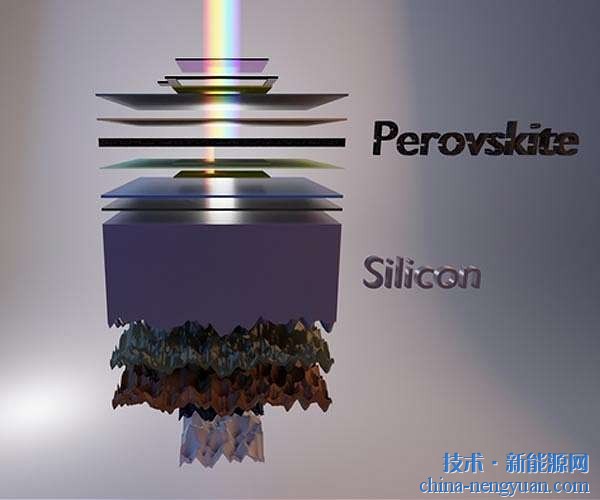 |
Recently, Inorganic Chemistry, the journal of the American Chemical Society, published the latest research results in nuclear waste treatment of the Nuclear Energy Radiochemical Laboratory of the Institute of High Energy Physics, Chinese Academy of Sciences-using novel tetradentate phenanthroline diamide ligands for efficient selective extraction. Isolation of actinides (Xiao Chengliang, Chai Zhifang*, Shi Weiqun*, et al. Inorg. Chem., 2014, ASAP).
The nuclear waste generated by nuclear power generation, especially the long-lived secondary tethered nuclide, is one of the key links in the nuclear fuel cycle. The Partition & Transmutation strategy can make full use of nuclear fuel resources while greatly reducing nuclear energy. The toxicity and volume of waste are considered as an effective way to solve this problem. However, due to the very similar chemical properties of the trivalent germanium and trivalent germanium elements, the separation is very difficult and it is one of the most challenging topics for the treatment of high-level radioactive waste.
With the support of the National Natural Science Foundation of China and the Nuclear Energy Pilot Project of the Chinese Academy of Sciences, the Institute of Nuclear Energy Radiochemistry of the High Energy Institute has been working hard to study the nitrogen-containing heterocyclic soft ligands and the oxygen-containing amide phosphine phosphine ligands through density functional theory since 2011. The mechanism of action of cations and lanthanides is the first to suggest that solvation of metal ions may be a determinant of their selectivity (Inorg. Chem, 2011, 50: 9230; J. Phys. Chem. A, 2012, 116: 504 Coord. Chem. Rev, 2012, 256: 1406; Inorg. Chem, 2013, 52: 196; Inorg. Chem, 2013, 52: 10904.).
Recently, based on the previous work, the laboratory innovatively proposed a soft and hard atom binding strategy and screened and synthesized the phenanthroline diamide ligands (DAPhen) with high selectivity for different valence lanthanide ions. (Inorg.Chem, 2014, ASAP). Solvent extraction experiments showed that DAPhen had excellent extraction ability for trivalent, tetravalent and hexavalent lanthanide cations, but almost no extraction for trivalent lanthanide ions, thereby achieving the separation of lanthanides and lanthanides. In 1.0 M nitric acid solution, the separation factors of lanthanide cations to Eu(III) are STh(IV)/Eu(III) = 2209, SU(VI)/Eu(III) = 264 and SAm(III)/Eu, respectively. (III) = 65. This is the most effective extraction agent for lanthanide element groups reported in the literature so far, and it is expected to be applied to the separation of lanthanoid elements in high-level radioactive waste liquids.
Barbecue wire Grill Grate is made of high quality 304 stainless steel, never rusting and durable. BBQ Wire mesh does not have any coating or chemical ingredients, making food safer.
Multi-functional Grill Cooking Grid Grate: This wire mesh is mainly used for BBQ Grill Mat for outdoor cooking, it can also be used as a cooling and baking rack. Or you can develop other uses for it.
BBQ Grate,BBQ Mesh,BBQ Grill, grill grate,grill mesh
Shenzhen Lanejoy Technology Co.,LTD , https://www.ccls-vaccine.com
![<?echo $_SERVER['SERVER_NAME'];?>](/template/twentyseventeen/skin/images/header.jpg)